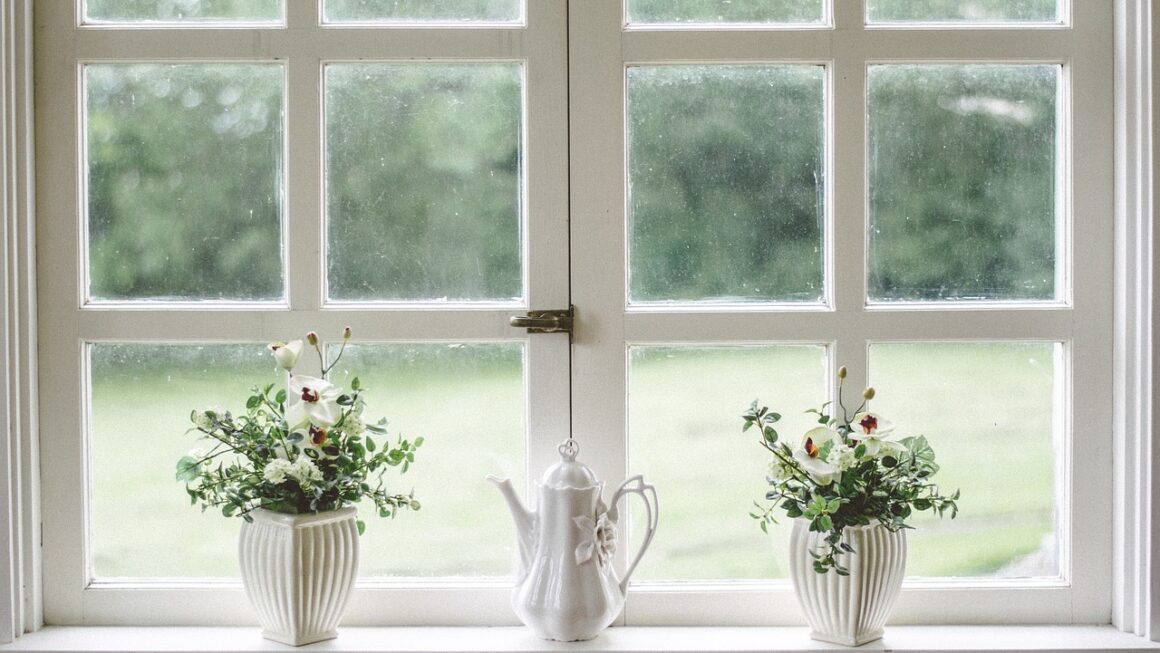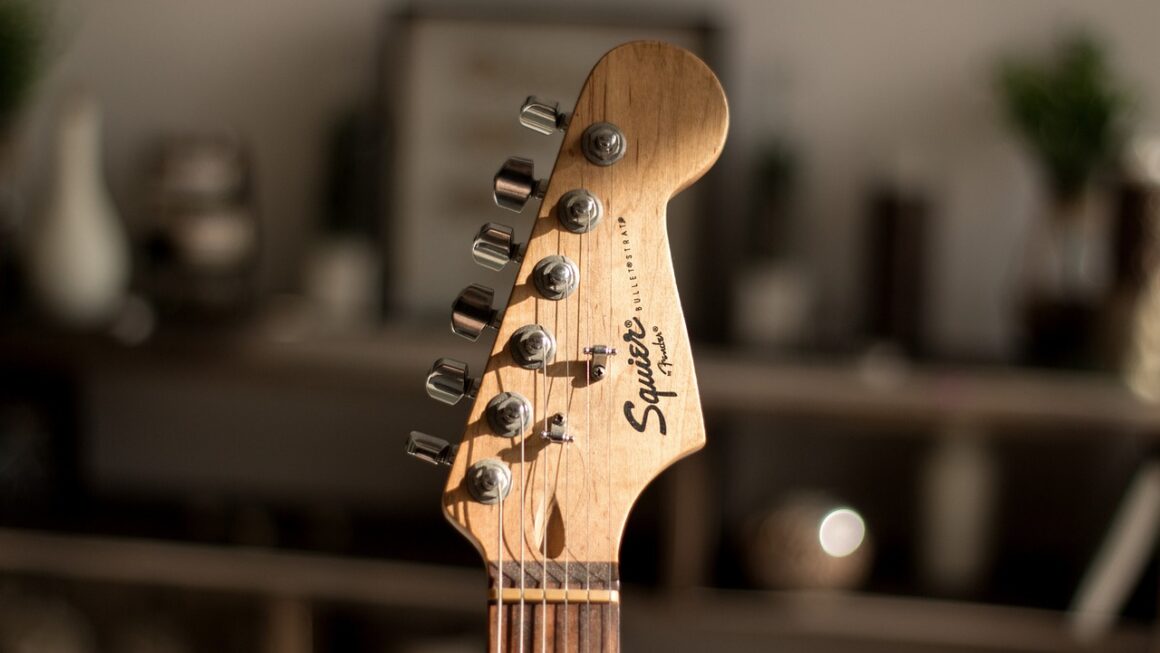Imagine waking up to the gentle glow of sunrise, your curtains parting silently as if by magic. This isn’t a scene from a futuristic movie; it’s the reality of living with smart curtains. More than just a luxury, smart curtains offer a blend of convenience, energy efficiency, and enhanced security, transforming your home into a truly intelligent living space. This guide will delve into the world of smart curtains, exploring their benefits, features, and how they can seamlessly integrate into your modern lifestyle.
What are Smart Curtains?
Defining Smart Curtains
Smart curtains, also known as automated curtains or motorized drapes, are window coverings that can be controlled remotely or automatically using smart technology. They replace traditional manual operation with motorized systems, allowing you to open, close, or adjust your curtains with the touch of a button, voice command, or through programmed schedules.
Key Components
A typical smart curtain system comprises:
- Motorized Tracks: These replace standard curtain rods, providing the mechanism for movement.
- Motors: The heart of the system, these drive the movement of the curtains along the track. Different motors offer varying levels of power and noise.
- Control Unit: This manages the motor and allows for integration with smart home systems. It often includes a remote control or smartphone app connectivity.
- Fabric: Any type of curtain fabric can be used, allowing you to maintain your desired aesthetic.
How They Work
Smart curtains work by using a motor to pull the curtains along a track. The motor is controlled by a control unit, which can be operated in several ways:
- Remote Control: A dedicated remote allows for simple open/close functionality.
- Smartphone App: Connect to the curtains via Wi-Fi or Bluetooth for advanced control, scheduling, and monitoring.
- Voice Control: Integrate with voice assistants like Alexa, Google Assistant, or Siri for hands-free operation.
- Smart Home Integration: Connect to other smart home devices and systems for coordinated automation.
The Benefits of Smart Curtains
Enhanced Convenience and Accessibility
- Effortless Control: Say goodbye to manual pulling and tugging. Control your curtains from anywhere, anytime.
- Accessibility: Ideal for individuals with mobility issues or those hard-to-reach windows.
- Hands-Free Operation: Voice control makes operation seamless, especially when your hands are full. Imagine saying “Alexa, close the living room curtains” as you settle down for a movie night.
Improved Energy Efficiency
- Automated Sunlight Management: Schedule your curtains to open and close based on the sun’s position, maximizing natural light in winter and minimizing heat gain in summer.
- Reduced Energy Bills: By intelligently regulating sunlight, you can reduce your reliance on heating and cooling systems, leading to significant energy savings. Studies show smart home automation can reduce energy consumption by up to 10-15%.
- Preventing Furniture Fading: Closing curtains during peak sunlight hours can protect your furniture and carpets from fading due to UV exposure.
Enhanced Security and Privacy
- Simulated Occupancy: Program your curtains to open and close at random times while you’re away, giving the illusion of someone being home and deterring potential burglars.
- Increased Privacy: Automatically close curtains at dusk to maintain privacy without lifting a finger.
- Integration with Security Systems: Integrate smart curtains with your security system for coordinated actions. For example, closing all curtains when the alarm is armed.
Increased Home Value
- Modern and Luxurious: Smart home features are increasingly desirable to homebuyers, potentially increasing your property’s value.
- Competitive Edge: In a competitive real estate market, smart features can help your home stand out.
Choosing the Right Smart Curtains
Assessing Your Needs
- Room Size and Window Size: Determine the dimensions of your windows to ensure you select a motor with sufficient power. Larger windows and heavier curtains require more robust motors.
- Fabric Type: Consider the weight and thickness of your chosen fabric. Heavy fabrics require stronger motors and more durable tracks.
- Control Options: Decide which control methods are most important to you: remote control, smartphone app, voice control, or a combination.
- Smart Home Ecosystem: Ensure compatibility with your existing smart home devices and platform (e.g., Apple HomeKit, Google Assistant, Amazon Alexa).
Types of Motors
- AC Motors: Typically more powerful and durable, but can be louder.
- DC Motors: Quieter and more energy-efficient, but may have less power.
- Battery-Powered Motors: Convenient for retrofit installations, but require periodic battery replacement.
- Wired Motors: Offer reliable power and are often preferred for new construction.
Installation Options
- DIY Installation: Some smart curtain systems are designed for easy DIY installation. However, be comfortable with basic tools and electrical work.
- Professional Installation: Recommended for complex installations or if you lack experience with electrical work. Professional installers can ensure proper wiring, motor calibration, and integration with your smart home system.
Budget Considerations
- Motor and Track Costs: Prices vary depending on motor type, size, and features. Expect to pay anywhere from $200 to $1000+ per window for the motor and track system.
- Fabric Costs: Factor in the cost of the fabric you choose.
- Installation Costs: Professional installation can add significantly to the overall cost.
- Long-Term Savings: Consider the long-term energy savings and potential increase in home value when evaluating the cost.
Integrating Smart Curtains into Your Smart Home
Compatibility is Key
- Check for Compatibility: Verify that your chosen smart curtain system is compatible with your existing smart home hub or voice assistant.
- Wireless Protocols: Look for systems that use standard wireless protocols like Wi-Fi, Zigbee, or Z-Wave for seamless integration.
Creating Automation Routines
- Sunrise/Sunset Scheduling: Program your curtains to open at sunrise and close at sunset automatically.
- Temperature-Based Control: Integrate with your smart thermostat to automatically close curtains when the room temperature exceeds a certain threshold.
- Security System Integration: Close curtains automatically when the alarm is armed or when motion is detected outside.
- Voice Control Commands: Set up custom voice commands for easy control. For example, “Hey Google, darken the bedroom.”
Example Integration Scenarios
- Movie Night: “Alexa, start movie night.” This command could dim the lights, lower the temperature, and close the living room curtains.
- Wake-Up Routine: Your curtains slowly open as your smart lights gradually brighten and your favorite music starts playing.
- Away Mode: When your security system is armed, your curtains close, lights turn on and off randomly, and the thermostat adjusts to energy-saving settings.
Conclusion
Smart curtains offer a compelling blend of convenience, energy efficiency, security, and enhanced home value. By automating your window coverings, you can create a more comfortable, secure, and energy-efficient living space. From effortless control to intelligent automation routines, smart curtains seamlessly integrate into your modern lifestyle, transforming your home into a truly intelligent living environment. Take the time to assess your needs, explore your options, and invest in a smart curtain system that best suits your requirements and budget. The future of home automation is here, and it’s ready to open and close on command.




